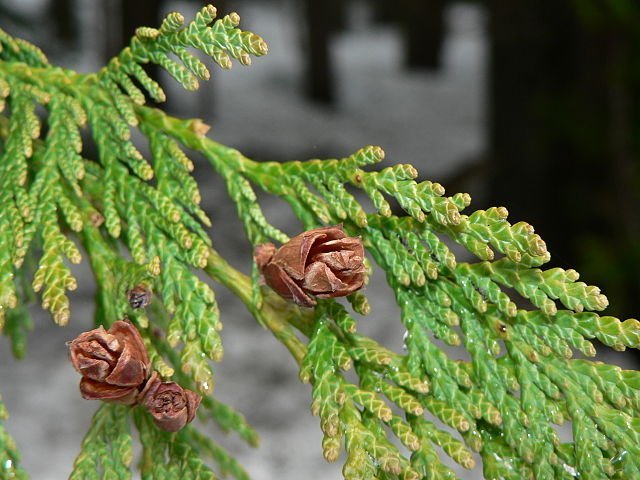It might not surprise you to hear that pine cones come from pine trees, but pine trees aren’t the only trees that make cones. In fact, most coniferous trees do. Cones from coniferous trees, including pine trees, are called conifer cones.
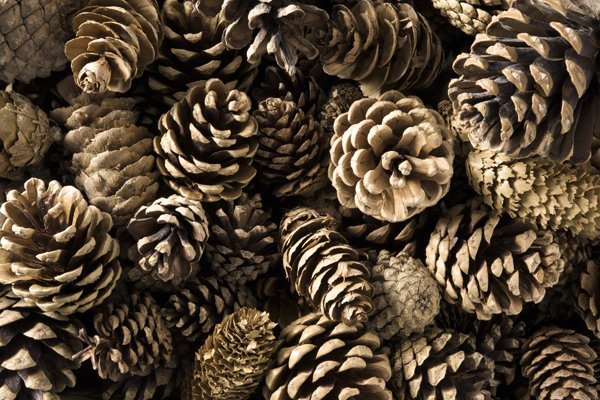
Different cones have different roles. Did you know that some cones are female, and others are male? Female cones are the big cones you’d picture when you think of pine cones. They have a seed in their open scales that becomes a new tree when it gets pollen from a male cone.
Male cones are a lot smaller than female cones and their scales aren’t as open. Each scale in a male cone contains the pollen that can spread to a female cone to make a seed.
The way a conifer cone looks can help us figure out what type of tree it comes from. While the shape of the cones can be pretty similar, different conifer trees within the same family can produce very different cones.
Take a look at these cones and let us know which ones you’ve seen in your neighbourhood.
If you find a cone that looks like this, it could come from a
pine tree.
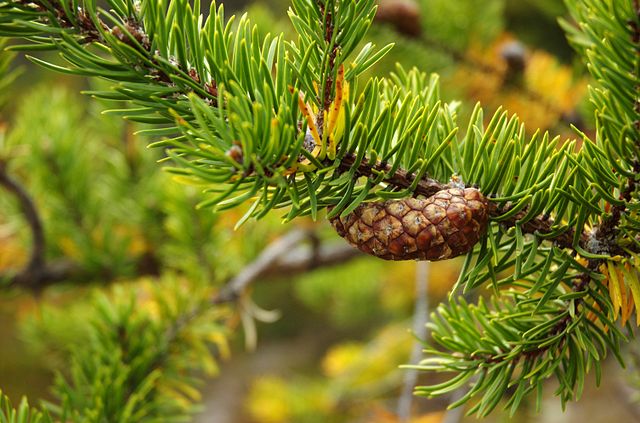
If you find a cone that looks like this, it could come from a
fir tree.
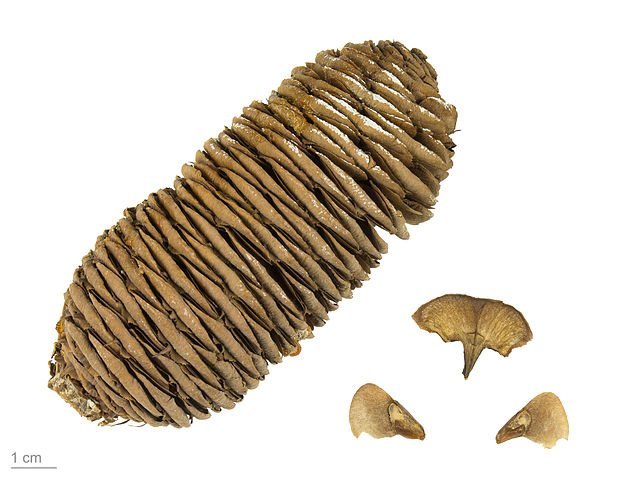
If you find a cone that looks like this, it could come from a
spruce tree.
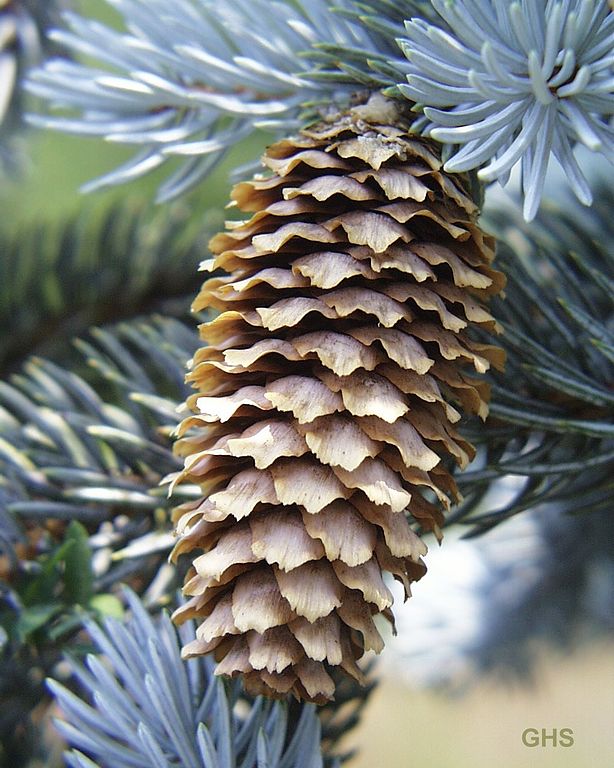
If you find a cone that looks like this, it could come from a
hemlock tree.
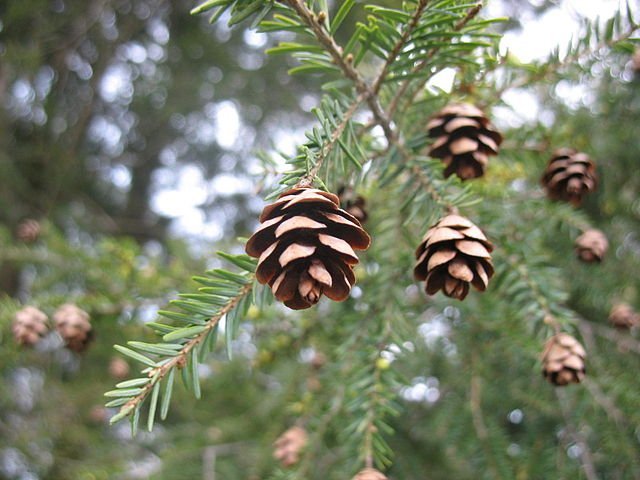
If you find a cone that looks like this, it could come from a
larch tree.
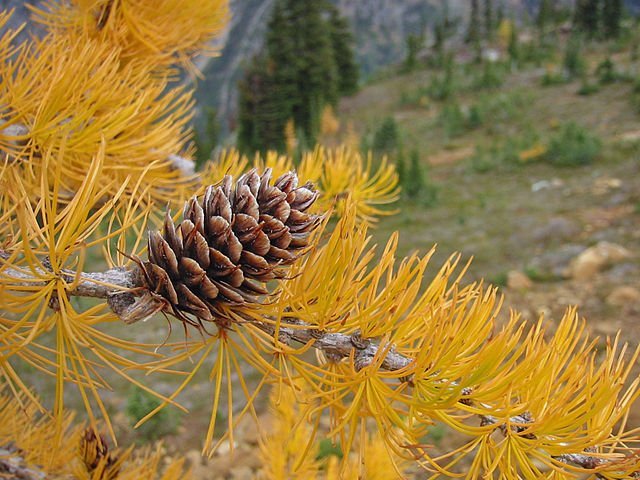
If you find a cone that looks like this, it could come from a
cedar tree.
